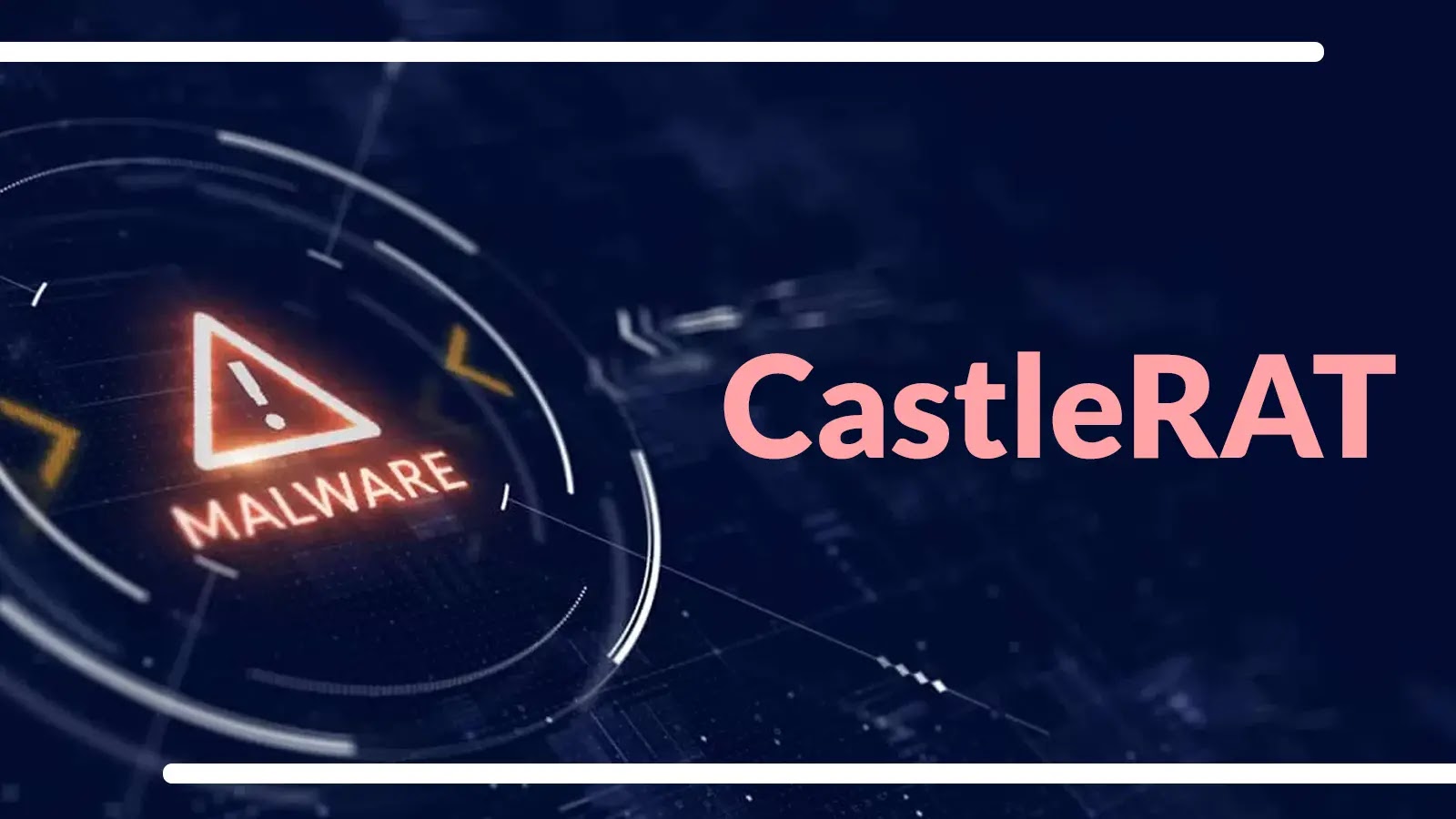In June 2025, a new ransomware variant named KAWA4096 surfaced, targeting organizations primarily in the United States and Japan. This malware exhibits advanced evasion techniques and borrows design elements from established ransomware groups, indicating a strategic evolution in cybercriminal tactics.
Mimicry of Established Ransomware Groups
KAWA4096’s operators have adopted the ransom note format of the notorious Qilin ransomware group and designed their data leak site to resemble the green-on-black terminal interface characteristic of the Akira ransomware operation. This deliberate mimicry suggests an attempt to enhance credibility and operational effectiveness by leveraging the notoriety of these established groups.
Technical Capabilities and Evasion Mechanisms
The ransomware employs a multithreaded architecture, enabling efficient encryption across infected systems. It also implements robust evasion mechanisms to avoid detection by security solutions. A notable feature is the creation of a unique mutex named SAY_HI_2025, which prevents multiple instances from running simultaneously, ensuring operational stability during the encryption process.
Elimination of Shadow Copies via Windows Management Instrumentation
A significant technical innovation of KAWA4096 is its systematic elimination of Windows shadow copies using Windows Management Instrumentation (WMI). The malware executes two critical commands:
1. `vssadmin.exe Delete Shadows /all /quiet`
2. `wmic shadowcopy delete /nointeractive`
These commands silently delete all volume shadow copies and ensure comprehensive removal without user interaction prompts. This approach effectively prevents victims from recovering encrypted files through Windows’ built-in backup mechanisms, increasing the pressure to pay ransom demands.
Implications and Recommendations
The emergence of KAWA4096 underscores the evolving sophistication of ransomware threats. Organizations are advised to:
– Implement Regular Backups: Maintain up-to-date backups stored offline to ensure data recovery without yielding to ransom demands.
– Enhance Security Measures: Deploy advanced endpoint detection and response solutions capable of identifying and mitigating such sophisticated threats.
– Conduct Employee Training: Educate staff on recognizing phishing attempts and other common attack vectors to reduce the risk of initial infection.
By adopting these proactive measures, organizations can bolster their defenses against the growing threat posed by ransomware like KAWA4096.



